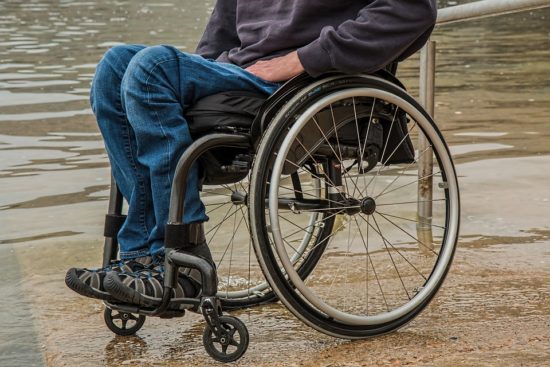How does antimicrobial resistance impact people with disabilities?
The article explains how antimicrobial resistance (AMR) disproportionately affects people with disabilities, who often face higher vulnerability to infections, reduced access to timely and adequate care, and greater exposure to drivers of resistance (such as poor WASH, institutional living, stigma and poverty). It argues that many disability-related health and social barriers — including physical accessibility, communication limitations, dependence on caregivers, and exclusion from health-system planning — amplify both the risk of contracting resistant infections and the difficulty of responding to them. The post calls for AMR policies and interventions to explicitly include disability-inclusive design, data collection on people with disabilities, accessible information and infrastructure, and equity-oriented health systems so that responses to AMR leave no one behind.
AMR NEWS
Your Biweekly Source for Global AMR Insights!
Stay informed with the essential newsletter that brings together all the latest One Health news on antimicrobial resistance. Delivered straight to your inbox every two weeks, AMR NEWS provides a curated selection of international insights, key publications, and the latest updates in the fight against AMR.
Don’t miss out on staying ahead in the global AMR movement—subscribe now!






